Outdoor Cactus Care Made Simple: 8 Expert Tips
Cacti are super cool plants that many people love to have as decorations. They come in all sorts of shapes and sizes, and there are over 1,500 different types! You might think they’re all similar, but they actually have a lot of variety. Some are tall like trees, while others are really tiny. And guess what? They all come from the Americas, from Canada to Argentina and Chile.
Now, you might have heard that taking care of cacti is easy peasy. Just put them in the sun and give them a little water, right? Well, there are actually a few things you need to keep in mind when caring for cacti outdoors. Different species have different needs, but there are some general tips for where to place them, how to water them, when to fertilize them, and when to repot them. Following these tips will help your little cactus grow big and strong in your garden.
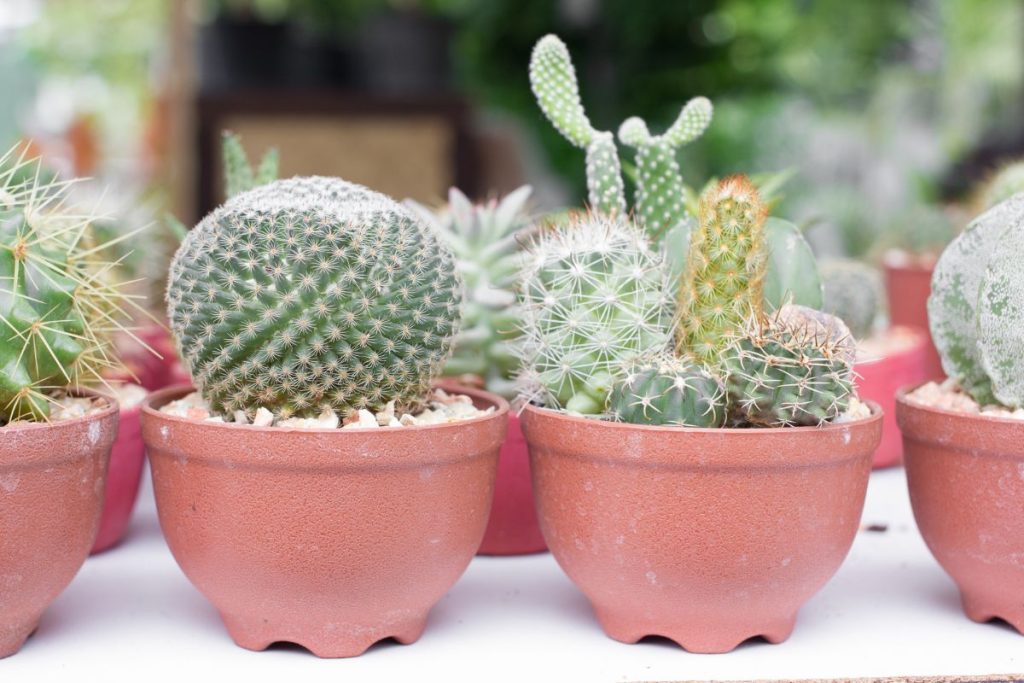
Contents
How to Grow Cacti Outdoors
Growing cacti outdoors can be a rewarding experience, as these unique plants add beauty and intrigue to your garden. Here are some tips to help you successfully grow cactus outdoors:
1. Choose the Right Cactus
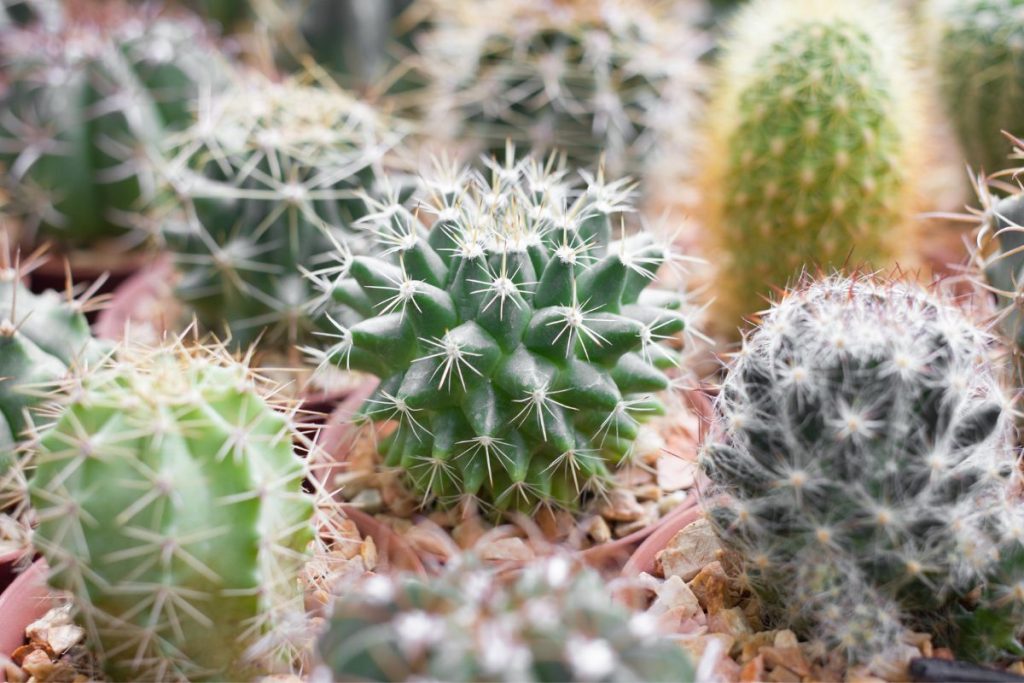
When selecting cactus species for your outdoor garden, it’s important to consider your specific climate. Different cacti thrive in different environments, so choose ones that are well-suited to your region. If you live in a hot and arid area, opt for desert cacti like the iconic Saguaro or the prickly Pear. For milder climates, you can explore options such as the Golden Barrel or the Fishhook Barrel cactus. Research the temperature range, sunlight requirements, and moisture preferences of each cactus species to ensure a successful growing experience.
2. Prepare the Soil
Proper soil preparation is crucial for the health and growth of outdoor cacti. Most cacti prefer well-draining soil that mimics their natural habitat. Sandy or gravelly soil with a low organic matter content is ideal. You can create a suitable mix by combining regular potting soil with sand, perlite, or pumice to improve drainage. This prevents water from pooling around the roots and reduces the risk of root rot. A well-draining soil also allows air to circulate around the roots, promoting healthier growth.
Related Post:
A Step-by-Step Guide to Planting Cactus in the Ground
3. Finding the Perfect Spot
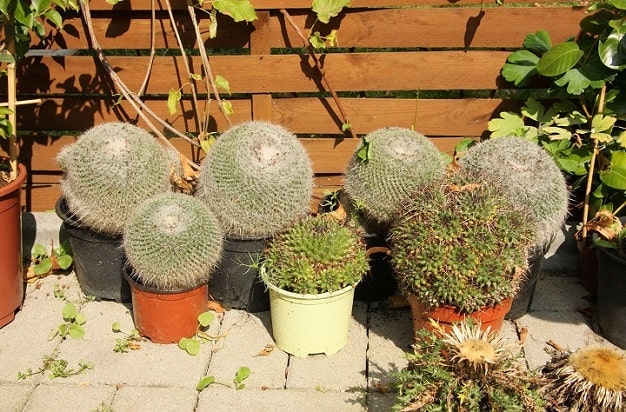
Cacti love full sun and lots of heat. So, it’s best to place them in an area with as much direct sunlight as possible, for at least 5 hours a day. If you put them in a dark spot, they’ll start growing funny and stretched out. They’ll try to reach for the light, and their shape will change. If you notice this happening, move your cactus to a brighter spot. Also, be careful during summer because intense sun can burn the cactus and make it turn yellow or even white. If you see discoloration, protect your cactus from the harsh sun.
4. Watering the Right Way
Cacti need regular watering, especially when they’re growing and blooming in the spring and summer. But don’t water them too often or let them sit in water, as it can cause rot. Let the soil almost completely dry out before watering again. In the spring, make sure they have enough water, especially on sunny days or after a dry period. Reduce watering frequency when the seasons change, and be careful not to overwater during winter. Dry winters can make cacti flower the following year, but only potted plants that are sheltered can experience this.
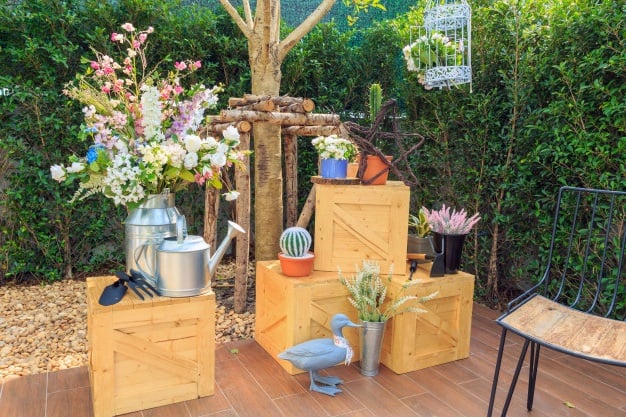
5. Feeding Your Cacti
Contrary to popular belief, cacti do need fertilizer. They depend on it to stay healthy and vibrant. But they need to be fertilized at the right time. Start with a base fertilizer like coarse cattle horn shavings in the garden or potting soil. Then, from March to June, fertilize every 14 days with a complete fertilizer. Use liquid fertilizers regularly, but lightly fertilize in July. Add 0.5 to 1 ounce of potassium fertilizer at the end of August to help your plants prepare for winter.
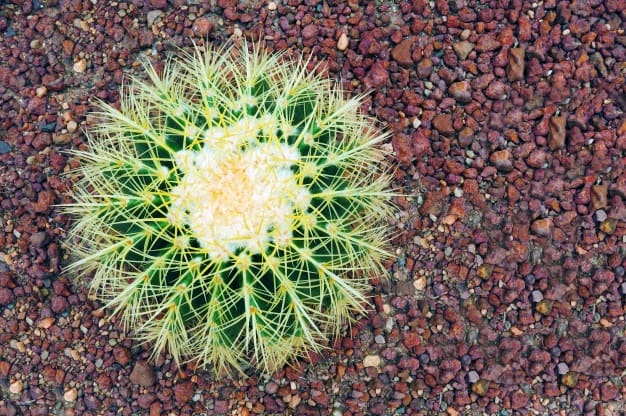
6. Repotting and Moving
Cacti don’t need to be repotted often, so it’s not a big task. They like being a little cramped in their pots and can stay there for a few years. If you notice your cactus hasn’t grown all summer or roots are coming out of the drainage holes, it’s time for a larger pot. Choose a pot one size bigger with holes for proper drainage. Terracotta pots work well because they dry out faster. Use special cactus soil or mix sand and stones with your potting soil for better drainage. Repot in the spring and wear gloves for protection.
7. Monitor for Pests and Diseases
While cacti are relatively low-maintenance plants, they are not immune to pests and diseases. Regularly inspect your outdoor cacti for signs of common pests such as mealybugs, scale insects, or spider mites. These pests can feed on the cactus’s sap and weaken the plant. Look for telltale signs like white cottony masses, discolored or deformed areas, or tiny webs.
If you discover an infestation, treat it promptly using appropriate methods. You can use insecticidal soaps, neem oil, or organic pest control products to eliminate pests. Additionally, keep an eye out for signs of diseases such as fungal infections, which can cause rot or discoloration of the plant. Make sure to provide good air circulation around your cacti to prevent the onset of fungal issues. If you spot any signs of disease, promptly remove the affected parts to prevent further spread.
8. Winter Care
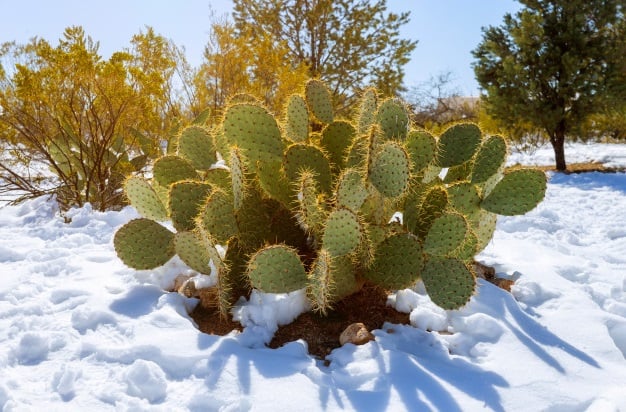
How you care for your cactus during winter depends on the species. Some cacti need a cool break to set flowers, like the Christmas cactus and Mammillaria and Rebutia species. They rest for different periods between August and February at temperatures of 41 to 59°F. Others can stay in their location all year round, but their growth slows down in winter. They need less or no water and no fertilizer during this time due to lower light levels.
